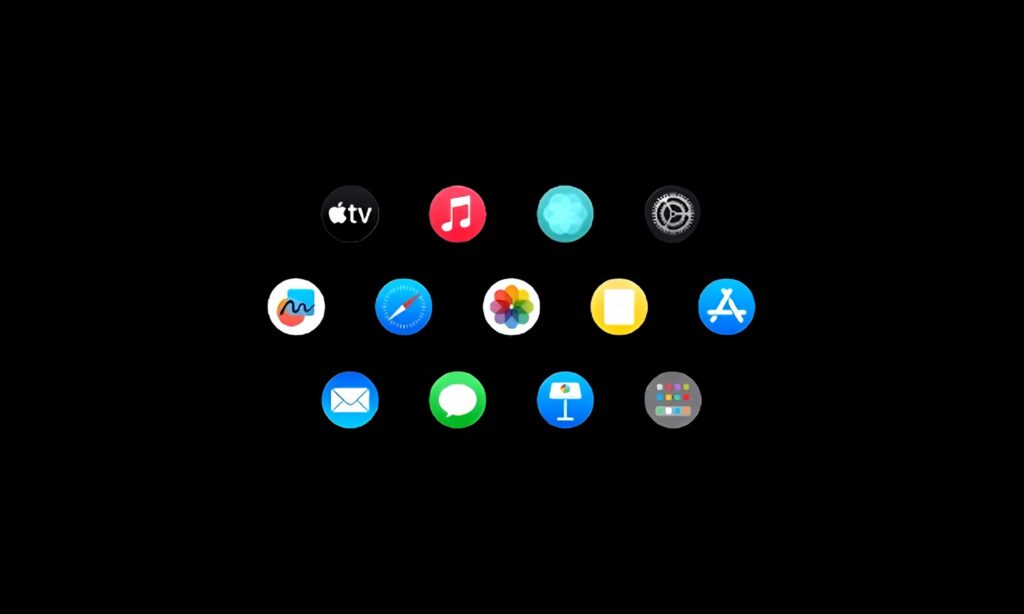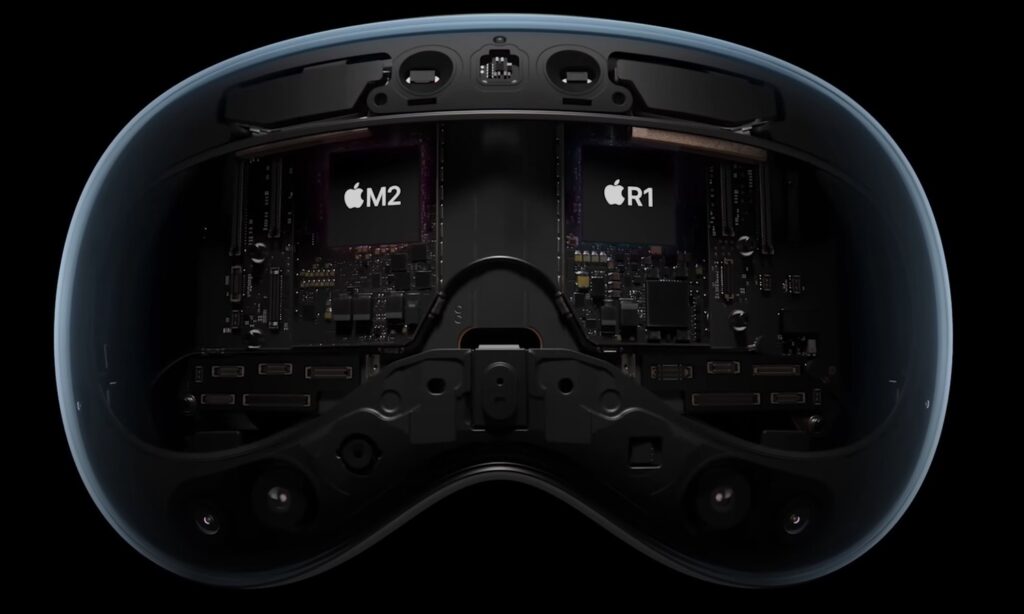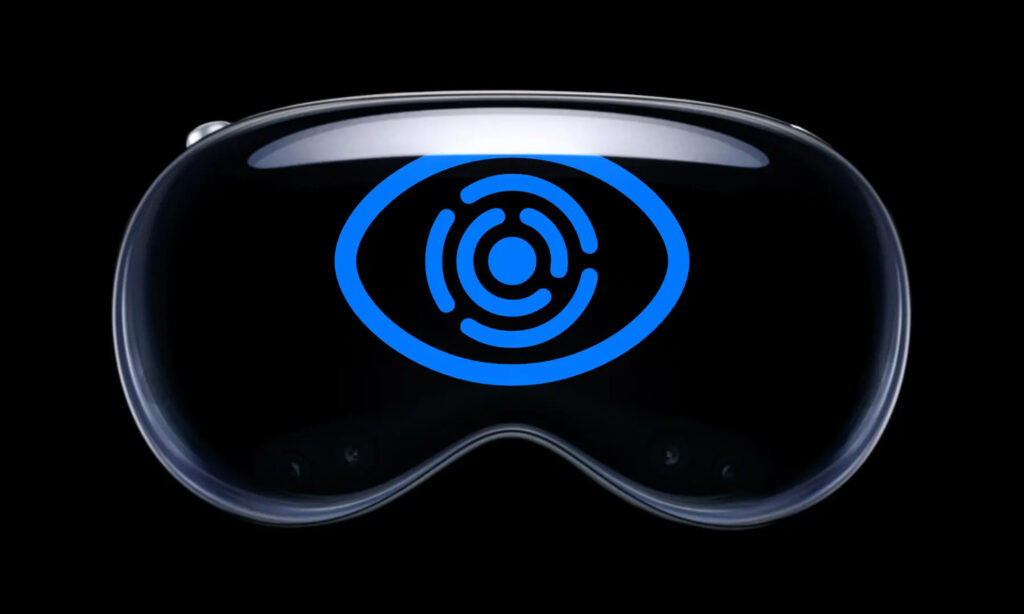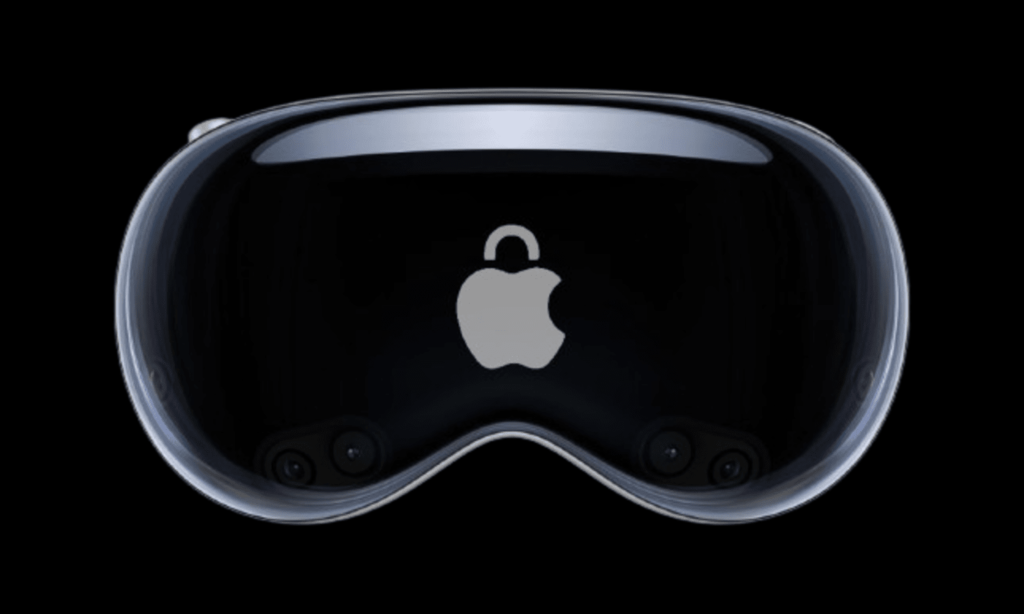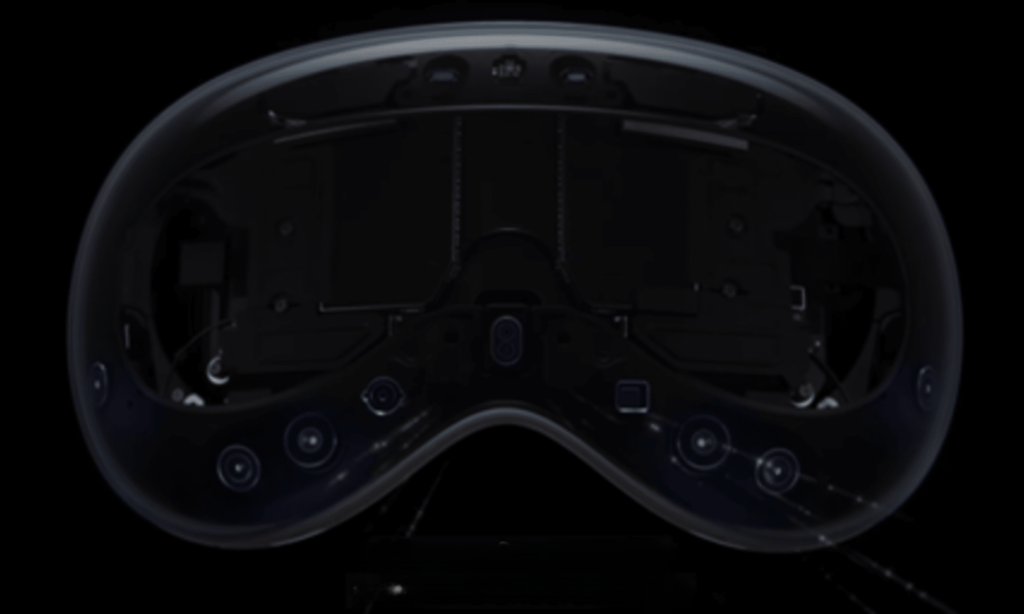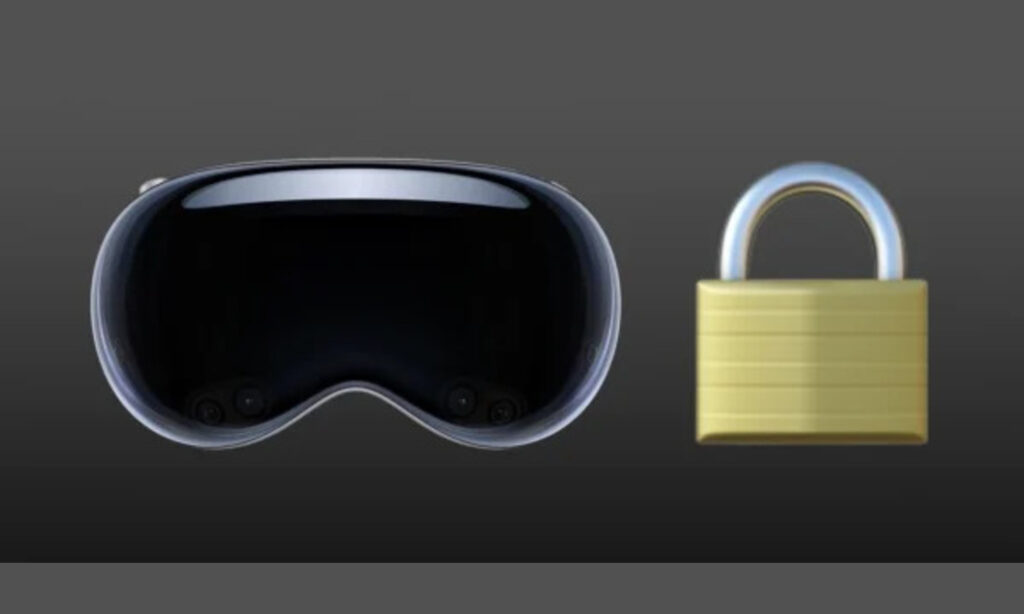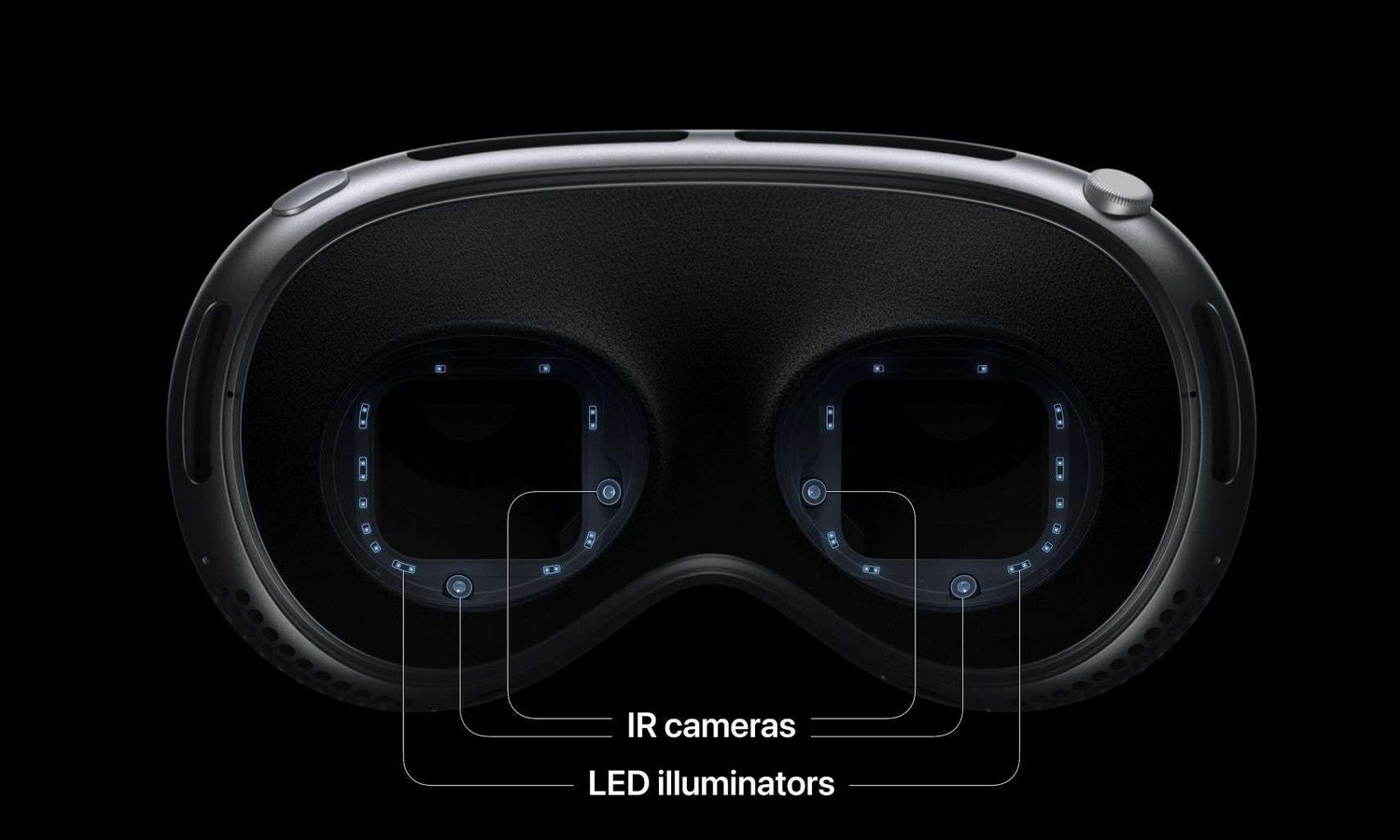In terms of technological innovation, Apple Vision Pro’s “Environmental Sensors” constitute a game-changing advancement in the integration of sensor technologies into mobile devices. Environmental sensors, commonly referred to as environmental monitoring sensors or ambient sensors, are a type of sensor that measures numerous parameters and situations in the surrounding environment. In the context of Apple Vision Pro, these sensors are critical for improving user experience, enabling additional functionalities, and delivering useful data for a wide range of applications.
Understanding the Environmental Sensors:
Environmental sensors, such as ambient light, temperature, and humidity sensors, may be used to collect information about the user’s surroundings. Ambient light sensors alter display brightness based on lighting conditions, improving visibility while conserving battery life. Temperature and humidity sensors give environmental data that can be used for augmented reality applications, health monitoring, and comfort control. Environmental sensors include a wide variety of sensor types, each designed to measure a unique environmental characteristic. Common environmental sensors include.
- Temperature Sensors: These sensors measure ambient temperature and provide data that can be used to control climate, monitor weather, and manage thermal systems.
- Range: -40°C to 125°C
- Resolution: High resolution for precise temperature measurement
- Humidity Sensors: Humidity sensors assess the amount of moisture in the air, providing information about atmospheric conditions and enabling applications like weather forecasting and interior air quality monitoring.
- Range: 0% to 100% relative humidity
- Resolution: High resolution for accurate humidity measurement
- Barometric Pressure Sensors: Barometric pressure sensors monitor air pressure and can be used to predict the weather, determine altitude, and navigate.
- Ambient Light Sensors: Ambient light sensors measure the intensity of light in the environment, allowing devices to automatically alter display brightness and save electricity.
- Range: 0 lux to 100,000 lux
- Resolution: High resolution for accurate light measurement
- Gas Sensors: Gas sensors detect the presence and concentration of various gases in the environment, such as pollutants, volatile organic compounds (VOCs), and carbon dioxide (CO2), allowing for improved air quality monitoring and safety applications.
The functionality of Apple Vision Pro:
Environmental sensors are easily integrated into Apple Vision Pro’s hardware and software ecosystem, allowing for a wide range of sophisticated features and functionalities that improve user experience and performance across a variety of applications.
Advanced Features:
- Adaptive Display Brightness: The device uses ambient light sensor data to dynamically alter its display brightness based on surrounding lighting conditions, ensuring maximum visibility and battery economy in any scenario.
- Climate Control Integration: Environmental sensors enable this high-tech device to work with smart home climate control systems, allowing users to monitor and change temperature and humidity levels straight from their device.
- Weather Forecasting: The smart device uses data from temperature, humidity, and barometric pressure sensors to offer users real-time weather updates and forecasts, improving their ability to plan and prepare for outside activities.
- Air Quality Monitoring: With the addition of gas sensors, the device allows users to monitor indoor and outdoor air quality, providing information on pollutant levels and associated health hazards.
- Navigation Assistance: Barometric pressure sensors help with height measurement and navigation, which improves location-based services and outdoor navigation applications.
- Real-Time Monitoring: Environmental sensors provide real-time data on environmental variables, enabling fast responses and interventions to improve comfort, safety, and efficiency.
- Data Logging: Many environmental sensors include data logging capabilities, which allow for the preservation and analysis of previous data to find trends, patterns, and anomalies over time.
- Wireless Connectivity: Some environmental sensors include wireless communication options such as Wi-Fi, Bluetooth, or LoRaWAN, which allow for remote monitoring, control, and data access from anywhere.
- Integration with Smart Systems: Environmental sensors can interface with smart home, building automation, and IoT (Internet of Things) systems, allowing for automated reactions and intelligent decision-making based on environmental data.
- Calibration and Accuracy: High-quality environmental sensors are calibrated to assure measurement accuracy and reliability, resulting in trustworthy data for crucial applications.
Specifications:
- Sensor Types: Temperature sensor, humidity sensor, barometric pressure sensor, ambient light sensor, and gas sensor.
- Accuracy: High precision in measuring environmental parameters.
- Range: Sensors have set measurement ranges for each parameter, enabling detection and measurement under certain environmental conditions.
- Response Time: Environmental sensors’ rapid response times allow them to give real-time data for fast decision-making and intervention.
- Sampling Rate: Rapid sampling rate for real-time data acquisition and processing.
- Integration: Seamless integration with the device’s hardware and software, enabling seamless functionality across applications.
- Power Efficiency: Optimized power consumption for extended battery life. Environmental sensors are designed for power efficiency, balancing performance, and energy consumption to extend battery life in battery-powered devices.
- Compatibility: Compatible with a wide range of apps and features, including smart home integration, weather apps, and health monitoring applications.
- Durability: Many environmental sensors are built to survive extreme environments, with sturdy construction and protected enclosures to assure long-term dependability and performance.
Applications:
Environmental sensors have diverse applications across various industries and domains, including:
- Smart Buildings: Monitoring indoor air quality, temperature, and humidity to ensure occupant comfort, energy efficiency, and health and wellness.
- Agriculture: Soil moisture, temperature, and light levels are monitored to ensure precise irrigation, crop management, and environmental monitoring.
- Weather Forecasting: Temperature, humidity, pressure, and wind speed data are collected to ensure precise weather prediction and monitoring.
- Industrial Processes: Air quality, gas emissions, and environmental conditions are monitored in manufacturing facilities, chemical plants, and refineries to ensure compliance and safety.
- Healthcare: Air quality, temperature, and humidity are monitored in hospitals, laboratories, and healthcare facilities to ensure that patients and workers have the best possible circumstances.
Finally, environmental sensors are essential for monitoring and managing environmental conditions in a variety of applications and sectors. Temperature and humidity sensors, as well as barometric pressure, light, and gas sensors, give useful information for improving comfort, safety, efficiency, and sustainability. Environmental sensors, with their sophisticated features, specifications, and applications, are driving innovation and enabling smarter, more responsive systems for a cleaner, healthier, and more sustainable future.
